Holy Land of Japanese mythology TAKACHIHO / TSUNO WINERY
2019/10/24
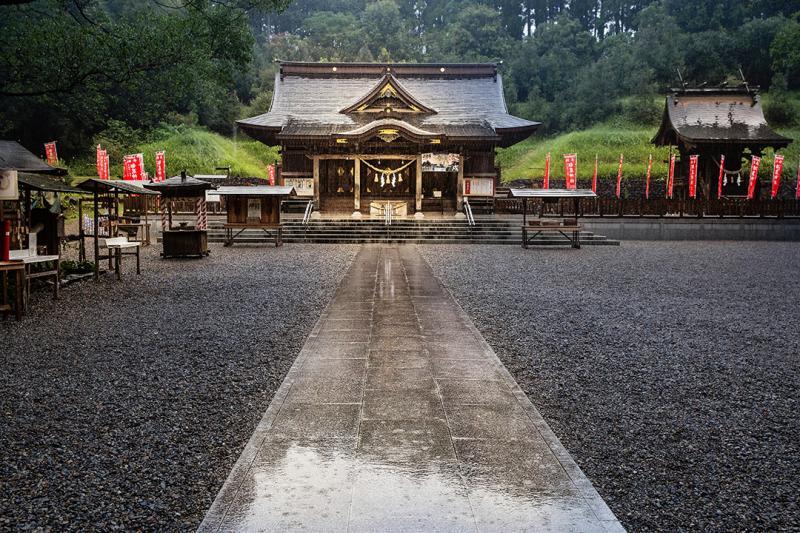
Having awoken at dawn in Takachiho for what turned out to be a successful viewing of the unkai(“sea of clouds"), a rare phenomenon that requires several climate-related elements to line up in perfect precision, we were counting on the weather gods and goddesses to continue smiling upon us as we headed to the Miyazaki coastal towns of Aoshima and Hyuga.
Driving along, we entertained visions of lounging around in seaside hammocks, slurping mangoes at palm tree-fringed cafés, and generally just soaking up the laid-back beach vibes. As the sky began to cloud over and produce slow, fat rain drops, which soon accelerated to a steady cascade, it became apparent that the weather deities had something else in mind. Clearly, we would have to revert to Plan B.
TSUNO WINERY(Japanese wine)
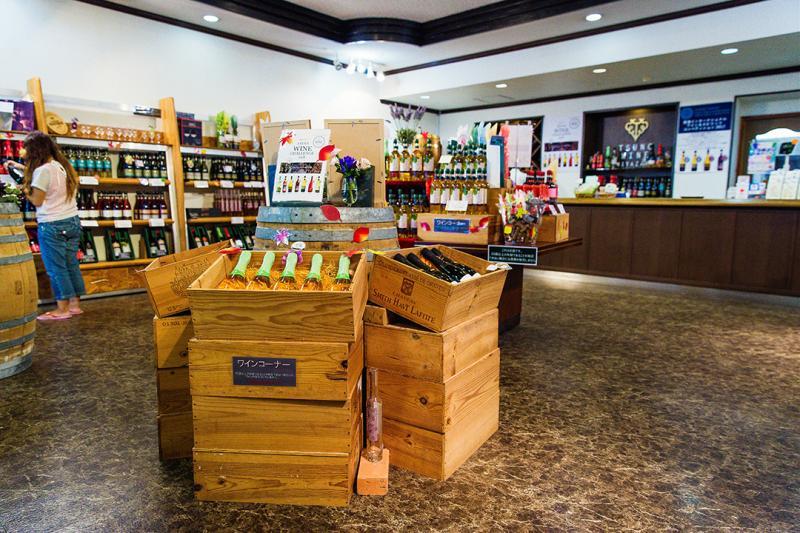
Still smarting from the disappointment of our tropical fantasies being so rudely thwarted, we were nevertheless somewhat assuaged by the discovery of the Tsuno Winery, located around 30 minutes south of Hyuga by car. If we were going to be obliged to escape the rain showers somewhere indoors, we figured that a winery was probably about as good as it gets.
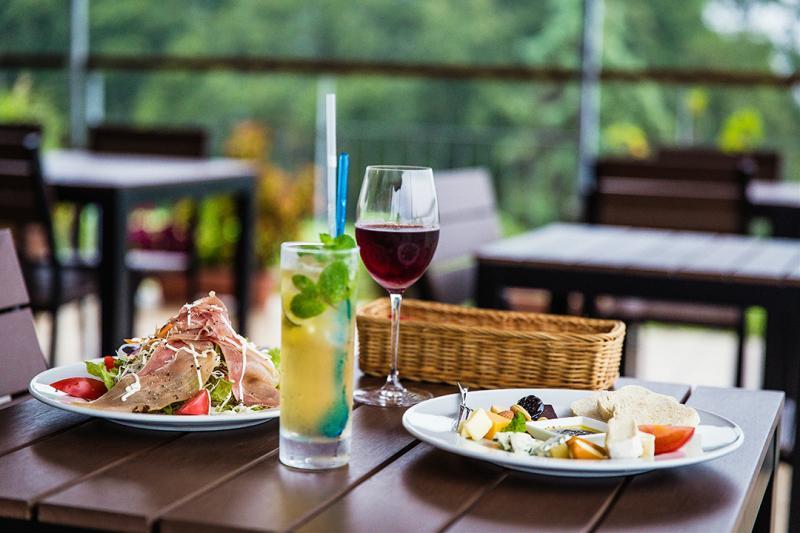
As we noshed on a selection of meats and cheeses out on the winery's covered terrace, I enjoyed a glass of delicious red (which my companion, who was the day's driver, also sniffed approvingly). The friendly staff came outside at one point to see if we were enjoying ourselves, and following a bit of relaxed banter, they shared with us a bit of the winery's backstory.
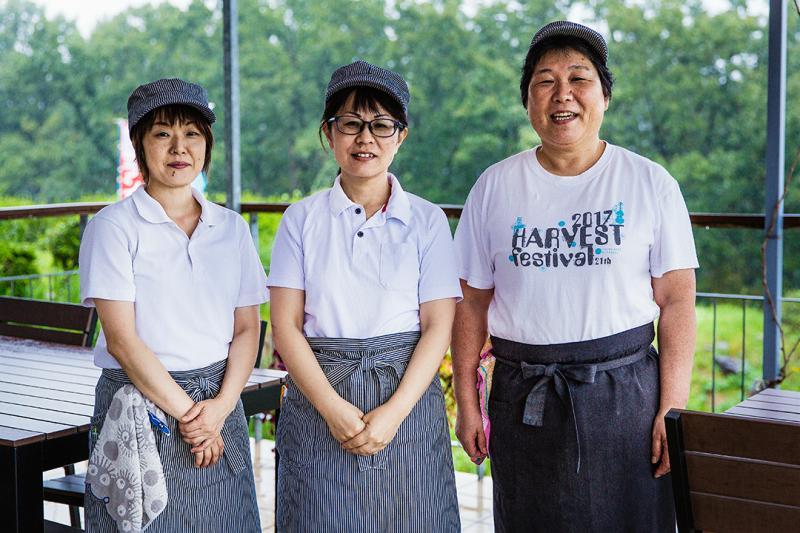
The winery has indeed continued to flourish, producing numerous vintages, and also hosting frequent events for the community such as winery tours, a full moon grape harvesting festival every August, and a spring event featuring candlelit ambience and Indian flute music.
Although the chef told us that the local conditions made it particularly difficult to produce full-bodied wines – something that had, quite honestly, turned me off most Japanese wine to date – my glass of house red featured a deliciously soft, round spiciness that made me reconsider my stance.
Tsuno and Taki Shrines
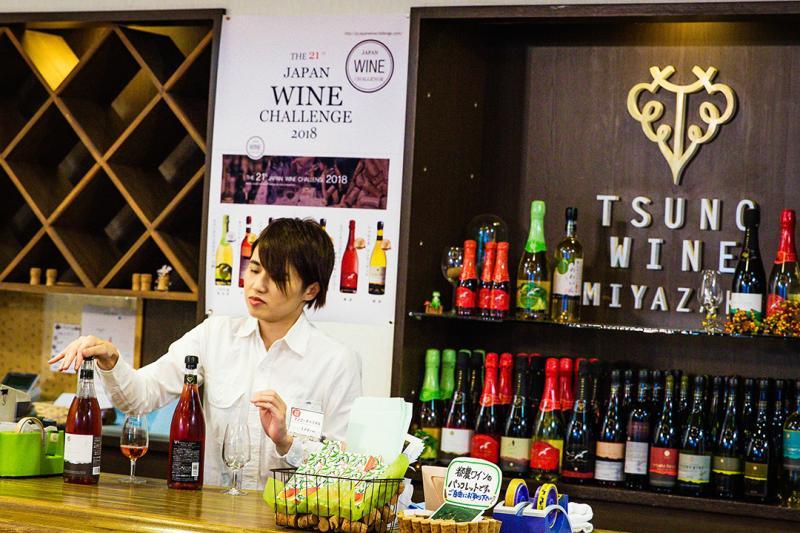
Sympathizing with our forfeited day at the beach, Chef Kurogi kindly pointed us toward these twin Shinto shrines, both located in the vicinity of the winery, whose grounds provided lovely vistas on a rain-saturated day.The Tsuno Shrine is home to the deity known as Okuninushi, who oversees the spiritual and mystical realms, and is also a god of abundance, medicine, and business pursuits.
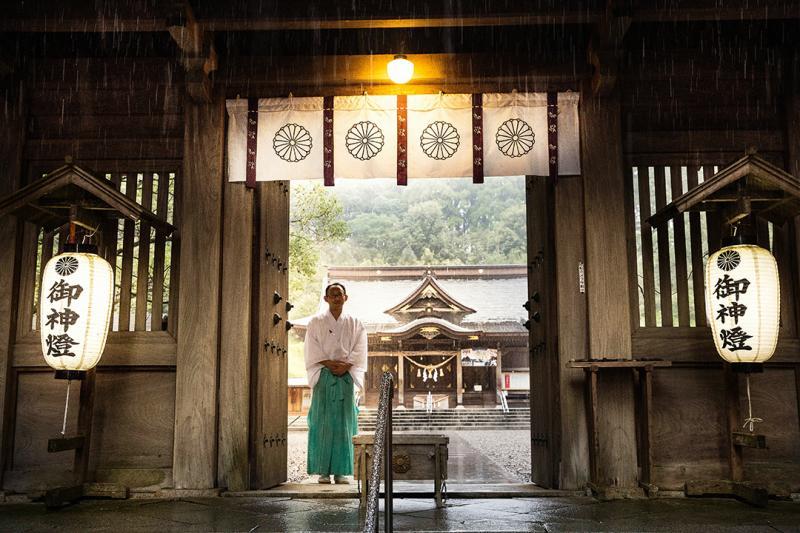
Its sister establishment, the Taki Shrine, which dates back to at least the late 14th century, when it was rebuilt (its original date of construction is unknown), enshrines a water deity known as Takaokaminokami. Although we were not up for climbing the shrine's staircase in the rain, there is also a picturesque waterfall on its grounds – another reason to return to this appealing region for further exploration.
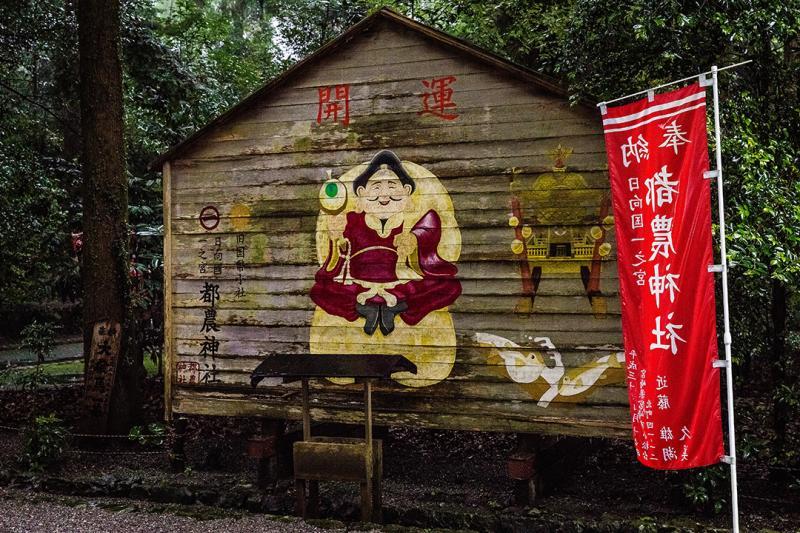
Its sister establishment, the Taki Shrine, which dates back to at least the late 14th century, when it was rebuilt (its original date of construction is unknown), enshrines a water deity known as Takaokaminokami. Although we were not up for climbing the shrine's staircase in the rain, there is also a picturesque waterfall on its grounds – another reason to return to this appealing region for further exploration.
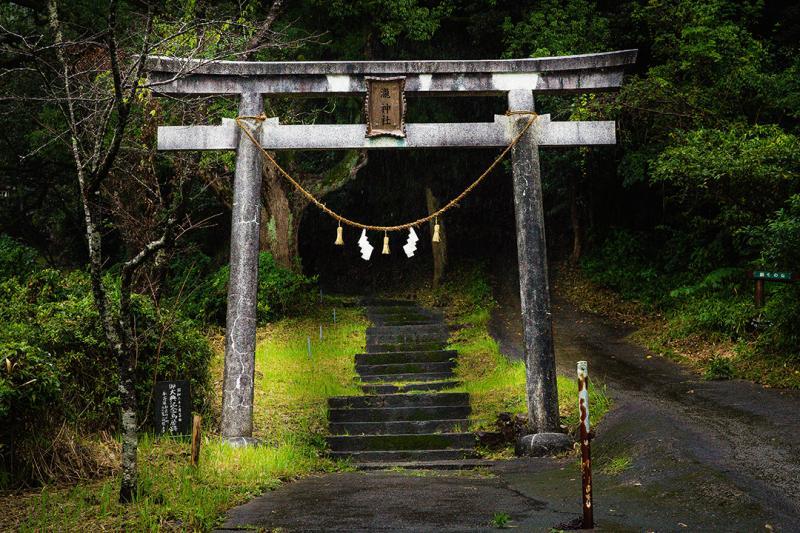
Wirter:Kimberly Hughes
Kimberly Hughes is a freelance writer, translator, and community organizer who is originally from the desert of the southwestern U.S. and has been based in Tokyo since 2001. She is somewhat addicted to global travel, and also loves cooking, gardening and reading.

 HOME
HOME

